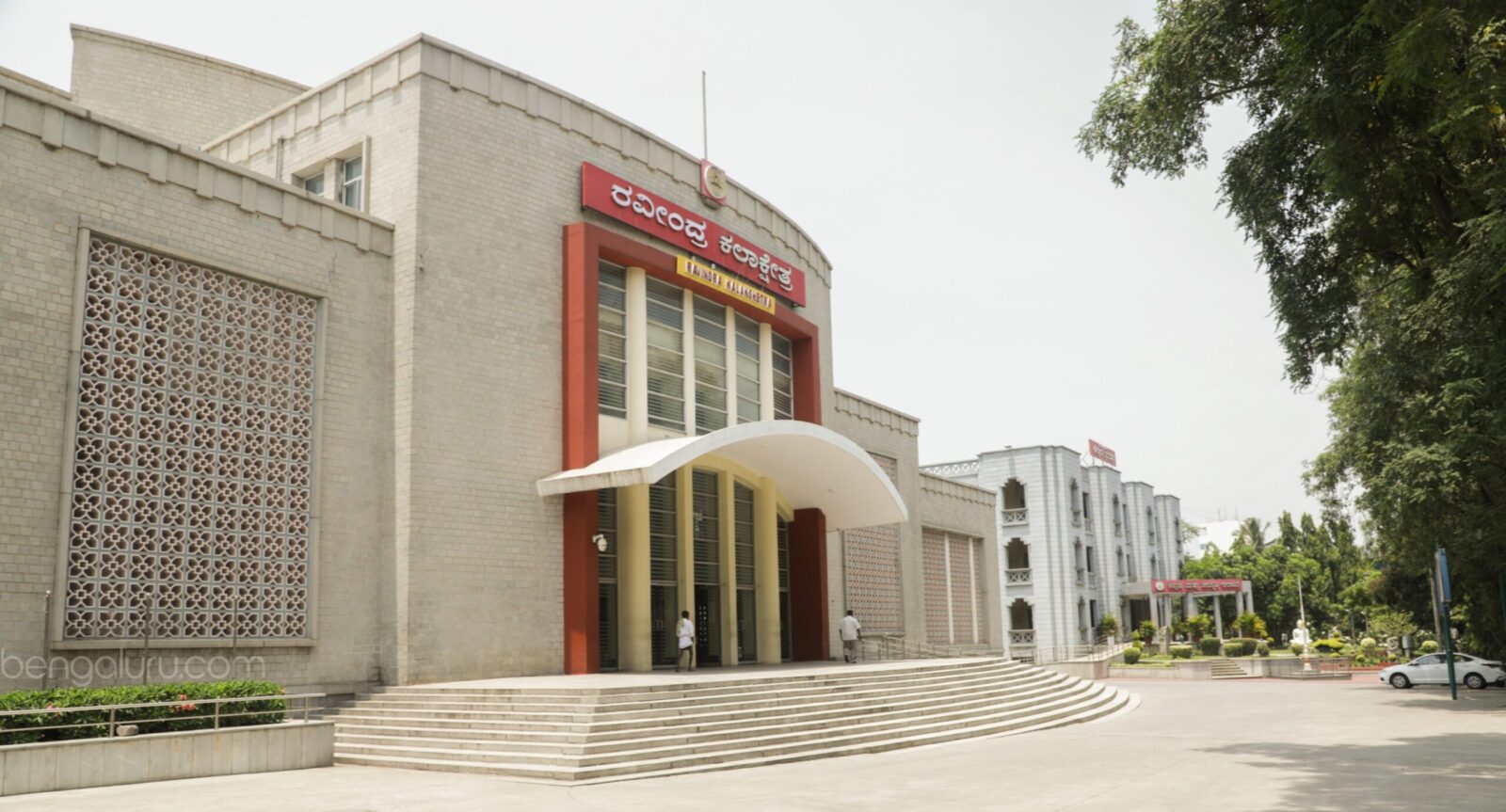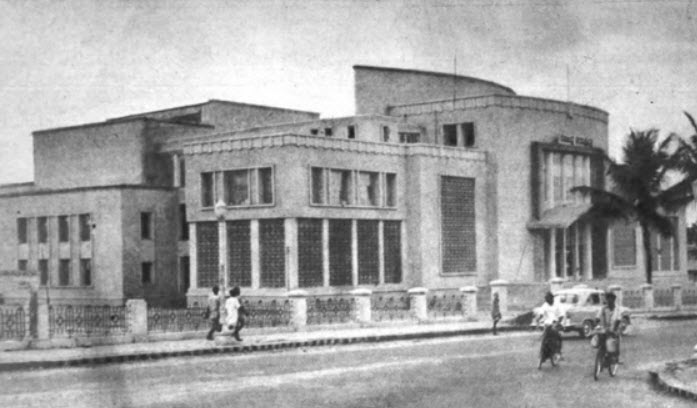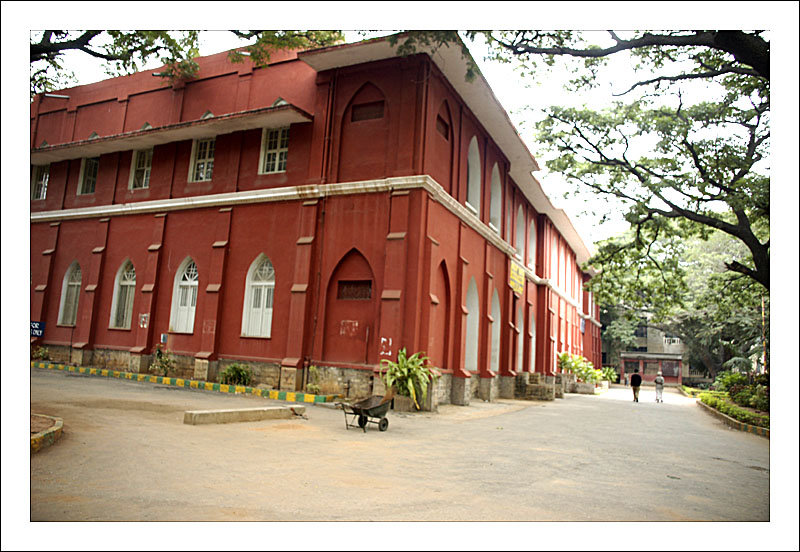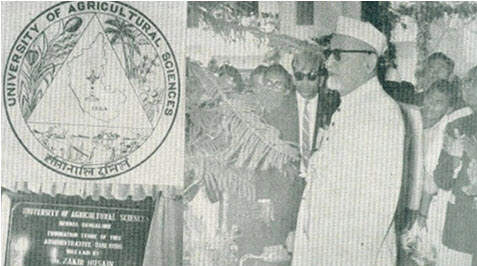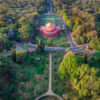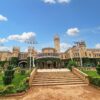Bengaluru through the ages 1948 AD to 1966 AD
We have documented the major events in the history of Bengaluru in this series. While many of you will be familiar with them, we have scoured archived government documents, books and journals to bring out new facts that were not well known. In addition, interesting images embellish the words to provide a complete picture. We hope you enjoy the series.
-
August 20, 1948
Jayanagar
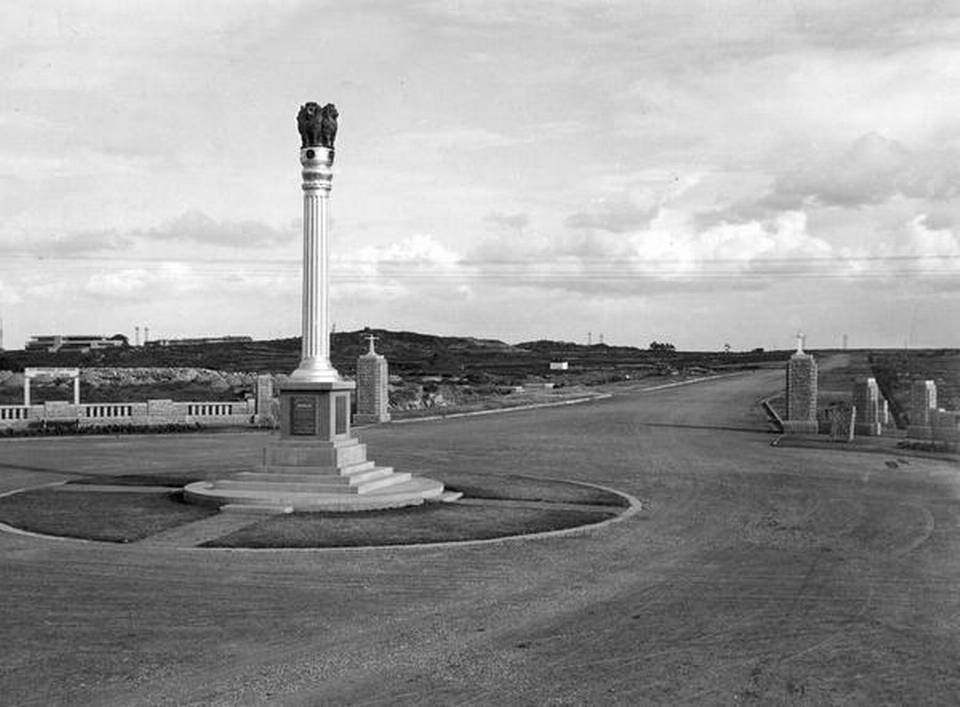
Governor General of India C Rajagopalachari inaugurated Jayanagar extension named after the last ruler of the Kingdom of Mysore, Jayachamrajendra Wodeyar on August 20, 1948. At the time, the extension covered an area of 1,600 acres with 6000 sites, formed at an estimated cost of ₹1.25 crores. At the time of launch, it was intended to use only 50% of the land for sites and rest for civic amenities. For the formation, dry agricultural land was acquired at ₹2,000 per acre and cultivable land was acquired at ₹4,000 per acre. In 1950, the land value was between ₹3 and ₹6 per square yard in 1st to 3rd blocks and ₹7.50 per square yard in 4th block. A 40×60 square feet site (266 square yards) was available between ₹800 to ₹2,000 at those rates.
There was hardly any demand at the time, except for agricultural use. There were few roads and bus services went only up to South End Circle, which was about one km away. A large area of land was left as a civic park near Ashoka Pillar which marked the start of Jayanagar. However, officials converted these into large bungalow sites and allotted them to top officials, even though adjoining Siddapura was considered as a slum.
Interestingly, at the time, the Mysore Government reserved 200 sites in Jayanagar for a Refugee Housing Scheme towards which the Government of India sanctioned ₹4,80,000.
Image: Ashoka Pillar, Jayanagar
-
December 8, 1949
Bengaluru Municipal Corporation
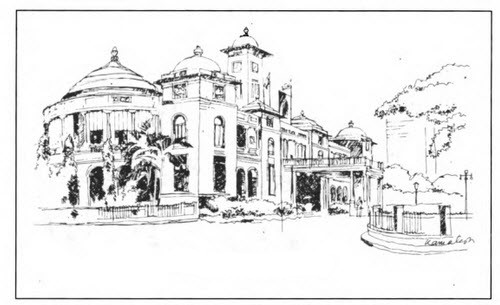
After the integration of Mysore State into the Indian Union in 1947, the Bengaluru Municipal Corporation was formed by merging the city, civil and military stations on December 8, 1949 under the City of Bengaluru Municipal Corporation Act, 1949 (Mysore Act 69 of 1949)
The municipal area was about 30 square miles divided into 50 territorial divisions with a council of 62 members. R. Subbanna was the first Mayor of the city in 1949.
Image: Sketch of Bengaluru BBMP building by artist Kamalesh
-
February 7, 1953
Hindustan Machine Tools (HMT)
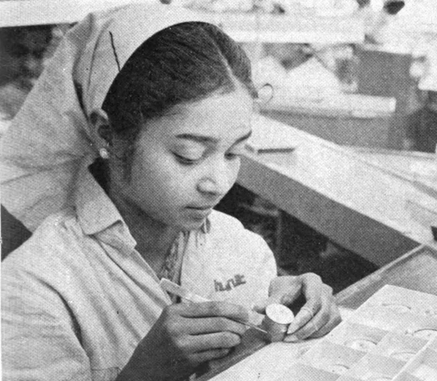
In March 1949. Govt of India entered into an agreement with Oerlikon Machine Tool Works Buehrle and Co, Switzerland for starting Hindustan Machine Tools. It was incorporated on February 7, 1953 and inaugurated on October 2, 1955 by Prime Minister Jawaharlal Nehru. The first batch of lathes were manufactured in May 1956.
The second factory known as HMT II was inaugurated by Prime Minister Jawaharlal Nehru in July 1961 at a cost of ₹2.88 crores. This was set up entirely from resources of the original factory and planned, built and commissioned without any foreign technical assistance.
The HMT Watch unit started in collaboration with Citizen Watch Co of Japan. First batch of 800 watches were produced on July 28 1961. It produced 1,25,000 watches during April-Dec 1964.
Image: an employee at HMT Watch Factory
-
1953
Motor Industries Company Limited (MICO)
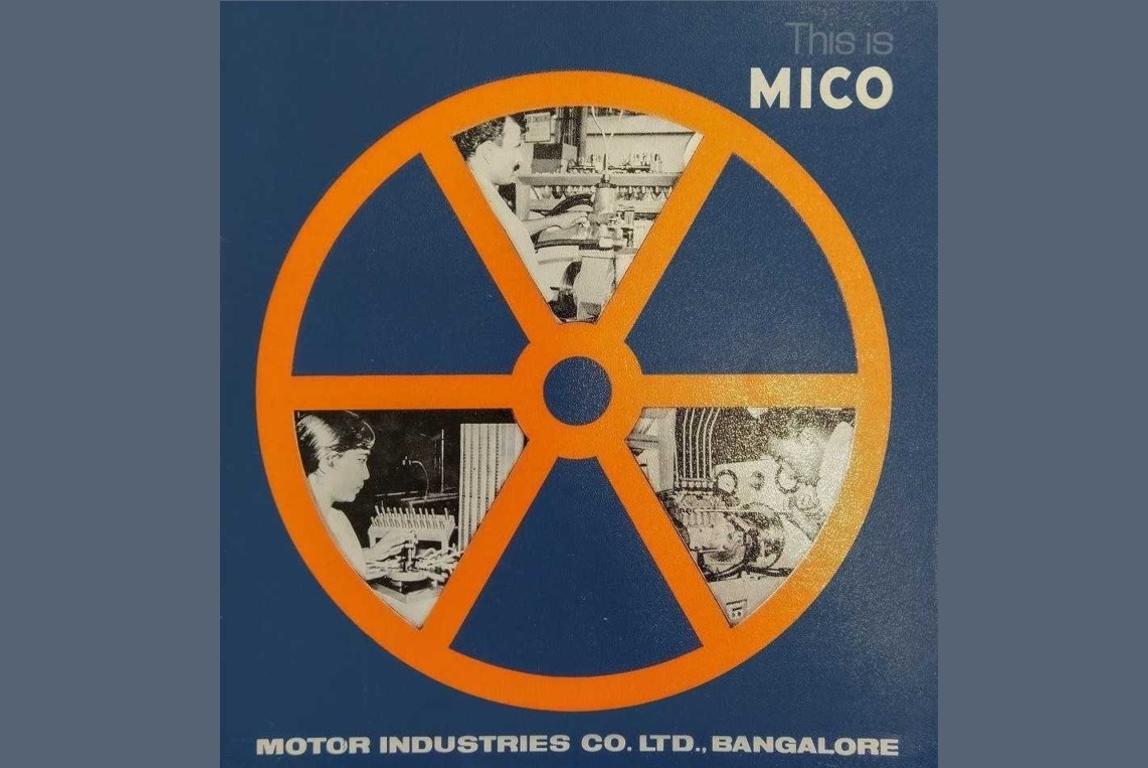
Motor Industries Company Limited (MICO) in collaboration with Robert-Bosch of Germany constructed in the city to assemble spark plugs and manufacture fuel injection pumps. The head office was moved from Madras to Bengaluru in 1954.
Image: MICO courtesy MIDA
-
April 1954
Bharat Electronics Limited (BEL)
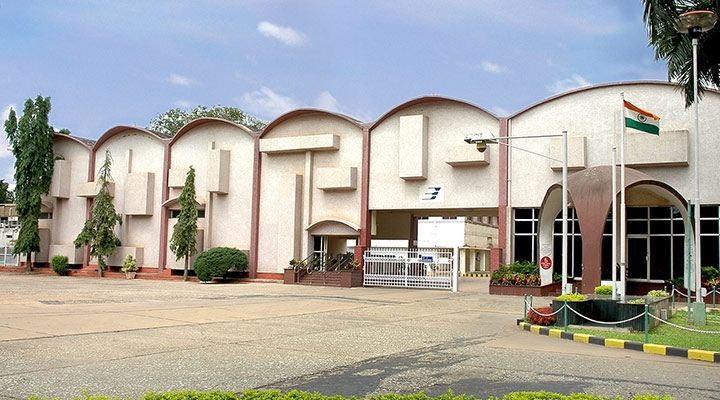
Bharat Electronics Limited (BEL) incorporated in April 1954 with French and Dutch collaboration. Production began in the second half of 1956. Initial capital was ₹10 crores and it was planned to make electronic equipment for defence units, radio valves, transistor radios and sound tape. By 1956-57, a total of 895 men and 87 women were employed by BEL. In 1961 agreement was signed with Nippon Electric Company of Japan for manufacture of high quality tape recorders.
Image: BEL Bengaluru
-
1955
Bengaluru Medical College
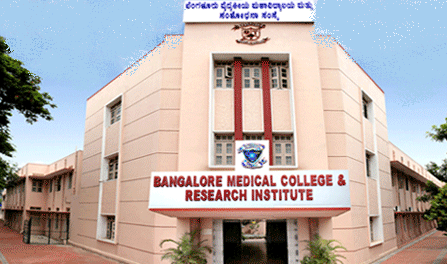
A group of Brahmin doctors founded the Bengaluru Medical College on the lines of South Kanara banker TMA Pai’s initiative of starting a private medical college in 1953 without government subsidy. However the group was unable to sustain the college operations and handed it over to the State Government in October 1957. The Government added staff, sanctioned additional buildings costing ₹18 lakhs with equipment and books worth ₹21 lakhs.
Image: The Bengaluru Medical College building
-
October 14, 1956
Vidhana Soudha

Vidhana Soudha was completed after five years of construction. This Grandeur in Granite is possibly the most recognised landmark of Bengaluru.
-
November 1, 1956
Bengaluru becomes capital
Bengaluru became the capital of the unified Mysore state (it was changed to Karnataka in 1973). The state’s capital was shifted from Mysore to Bengaluru in 1956. All Kannada speaking areas scattered under five different administrative units were unified under States ‘ Reorganisation Act of 1956 On November 1, 1956.
-
May 28, 1957
Bengaluru Stock Exchange
The Bengaluru Stock Exchange was incorporated on May 28, 1957 as a private limited company under the Indian Companies Act , 1956 . On April 3, 1962 , it was converted into a public limited company. The Government of India granted recognition on February 15, 1963 under the Securities Contracts Regulation Act (1956). Membership security deposit was increased from ₹2500 to ₹5000. On March 17 1963, it was inaugurated by Chief Minister S Nijalingappa as a recognised stock exchange. Initially shares of 10 companies were listed.
-
November 3, 1959
Department of Town Planning
The Department of Town Planning was constituted on November 3, 1959. Initially it had only a small staff to deal with town planning problems and enforce Town Planning Act. One of the first projects taken up was development of Kengeri. The Bengaluru office started work on November 23 1961. Rajajinagar Industrial Area was planned for light and medium industries and Mahalakshmi Layout was meant to house the industrial population.
-
December 1960
National Aeronautical Laboratory (NAL)
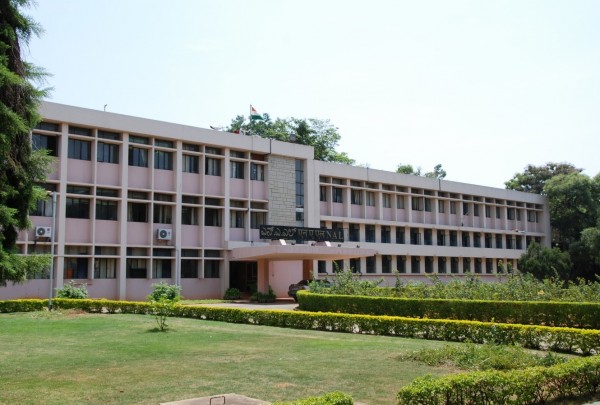
National Aeronautical Laboratory (NAL) was started under CSIR as part of the Second Five Year Plan in December 1960 with the Primary Objective of Scientific investigation of the problems of flight and practical application to design and construction of flight vehicles. The Main facility initially planned was a transonic wind tunnel. Dr P Nilakantan was appointed first Director on June 1, 1959. It has been now renamed as CSIR-National Aerospace Laboratories
Image: NAL Building Courtesy: NAL
-
October 1962
Bengaluru Transport Service (BTS)
Bengaluru Transport Company Ltd was nationalised as Bengaluru Transport Service in October 1962. Interestingly, Kengal Hanumanthaih , former Chief Minister said that “the working of nationalised bus service had made road transport a mockery and bus travel a curse. It had neither inflated the State exchequer nor benefited the people”. “I do not know”, the former Chief Minister continued “whether we have nationalized transport services, but I do know we have nationalized corruption”.
To illustrate the cost of using the service in the 1960s, an adult ticket cost 6 paise for the first stage and dropping to 3 paise for 4th and subsequent stages. Children could travel for about half of that. About 204,000 passengers travelled on BTS buses in 1961-62.
-
March 9 1963
Ravindra Kalakshetra
Ravindra Kalakshetra, one of the chain of Tagore Memorial National Theatres across the country was opened. It was built at a cost of Rs 20 lakhs. It boasted of an attractive design with a sloping floor in the auditorium with no seat more than 50 feet from the stage. It also had a latecomers lobby that allowed viewing from behind glass windows. BR Manickam, the Chief Engineer of Vidhana Soudha led the construction team of the Kalakshetra.
Image: Ravindra Kalakshetra in 1963
-
July 10, 1964
Bengaluru University
Bengaluru University was established on July 10 1964. There were 9 faculties under the act: Arts, Science, Home Science, Commerce, Law, Education, Engineering, Technology and Medicine. Initially it did not have a campus and functioned out of Central College.
The Bengaluru University Act received the approval of the Governor Satyavant Mallannah Srinagesh (also the first Chancellor) on July 2, 1964. Dr BD Laroia was the first Vice Chancellor for a period of three years. He was paid ₹2500 per month as salary with free furnished accommodation. 32 colleges with 17,803 students were transferred to the new university. The State Government had acquired 1300 acres of land for the future campus (Jnanabharati).
Image: Central College, original location of Bengaluru University. Courtesy: Silvester Divas
-
December 1964
Bengaluru Water Supply and Sewerage Board (BWSSB)
Bengaluru Water Supply and Sewerage Board (BWSSB) established in December 1964.
Bengaluru was the first city in India to execute water supply and sewerage as an integrated scheme. At the time, the board was supplying about 15 gallons per capita per day from Tippagondanahalli, about 22 miles away (28 million gallons of potable water daily). When the board was formed, it was embroiled in a controversy about free allowance and for over 2 years most Bengalureans had not paid their bills running into lakhs of rupees. At the time about 17,000 connections were without meters. Initially under the Bengaluru Municipal Corporation Act 1949, BCC was responsible for water supply. But PWD operated and maintained water supply until 1961. For 3 years from 1961 to 1964, BCC managed water supply. In October 1964, the State Government constituted BWSSB and transferred the operations to it.
-
August 21, 1964
University of Agricultural Sciences
University of Agricultural Sciences was started under Mysore Act 22, 1963 for development of agriculture, animal husbandry and allied sciences. Though formally established on August 21, 1964 at Hebbal, it started functioning in 1965. It was inaugurated by Dr Zakir Husain, Vice President of India at the time. It had 3 constituent colleges – Agricultural College, Veterinary College, Hebbal, Agricultural College, Dharwar.
Image: Dr Zakir Husain inaugurating University of Agricultural Sciences
-
January 15, 1965
Town and Country Planning Act
Karnataka Town and Country Planning Act which came into effect on Jan 15, 1965. Under this law, the city needed to have an Outline Development Plan (ODP), Comprehensive Development Plan (CDP) to be published for public comments before submitting to the Government for final approval. Bengaluru City Planning authority formed on August 8, 1967 under the act.
-
January 23, 1965
Bengaluru Dairy
Bengaluru Dairy commissioned on January 23, 1965 by Lal Bahadur Shastry under UNICEF and Govt of India assistance. Initial capacity was 50,000 litres. The dairy was opened on a 50-acre land near the Bannerghatta Circle. The total cost of the project was about ₹1.5 crores and some of the equipment came from UNICEF.
-
March 1966
Mysore Sales International Limited (MSIL)
Mysore Sales International Limited (MSIL) set up in March 1966 with a capital of ₹8 lakhs. Its objective was to act as representatives, sole selling agents, distributors and sole selling agents of all products made by Government owned industrial concerns. MSIL was also appointed sole selling agents for State Lottery tickets from 1969. Its office was located on Cunningham Road and the first year turnover was ₹1 crore.
Main Image: Ravindra Kalakshetra © LakshmiPrasad Lucky | Dreamstime.com
Featured Posts
Recent Posts
T P Kailasam – The Dark Side of a Genius
August 5, 2024H V Savitramma – Writing for Women’s Rights
June 10, 2024Temples of Knowledge – Best public libraries of Bengaluru
January 22, 2024Bengaluru Palace turns 150
January 14, 2024

